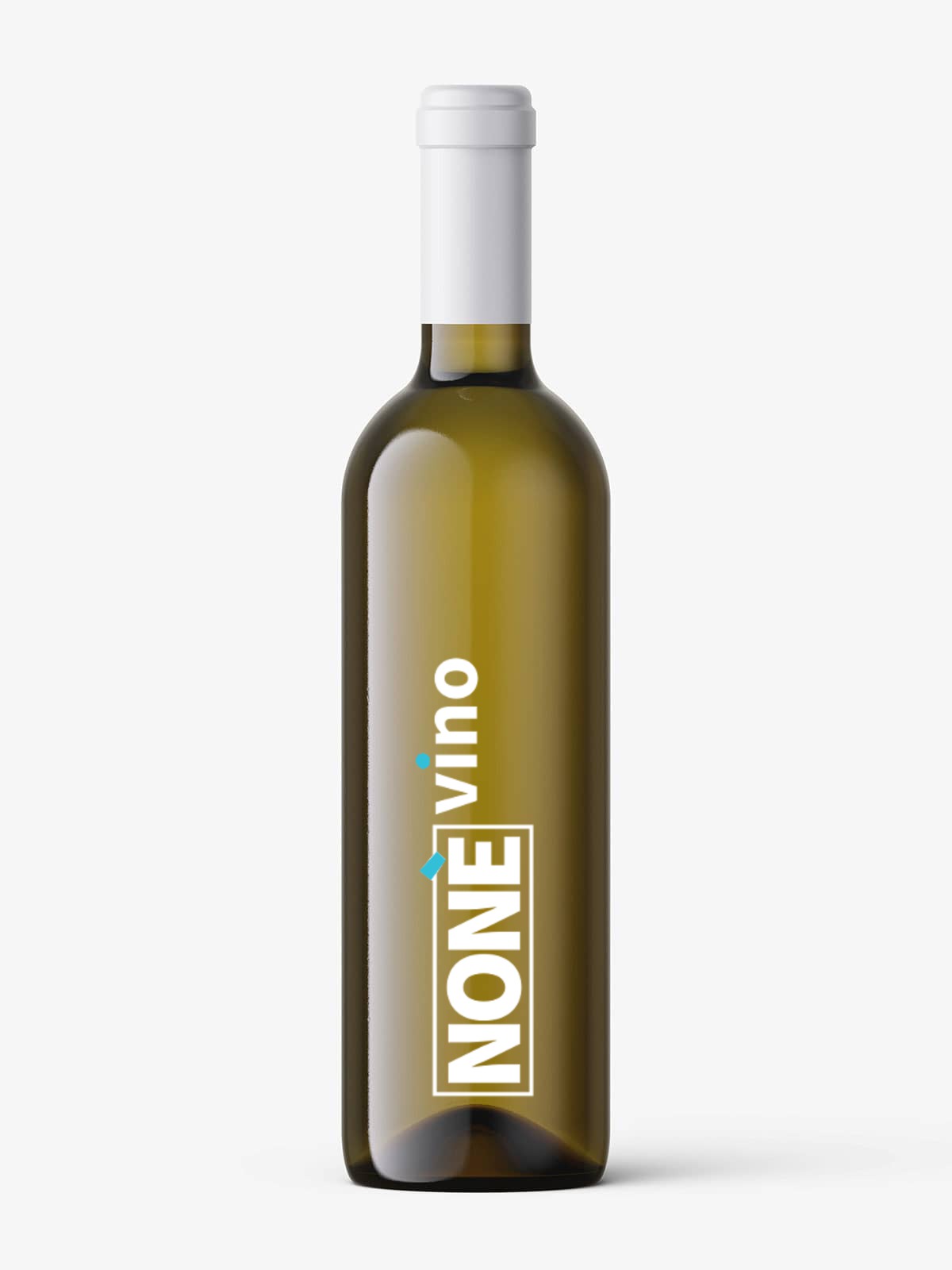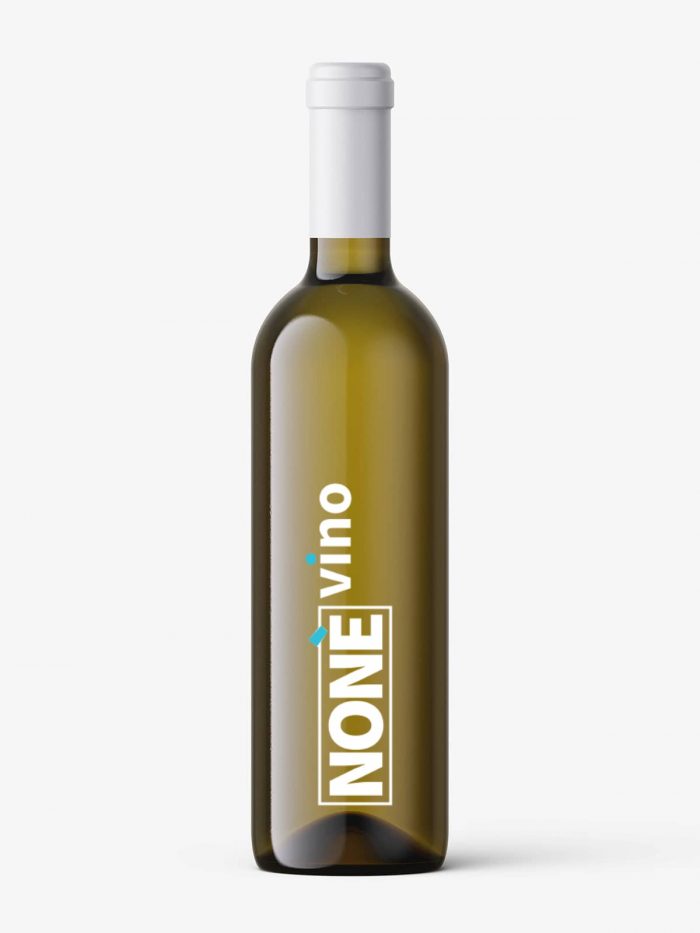The geographical area dedicated to the production of the Falanghina del Sannio DOC wine extends over the Campania Apennines, inserted in a verdant environment traced by the Sabato and Calore rivers. The production area, favored by the excellent microclimatic conditions and the prevailing exposure of the vineyards, facing south, south-east, combine to create an adequately ventilated, bright environment, favorable to the fulfillment of all the vegetative-productive functions of the plant.
The Production Area of the Falanghina del Sannio DOC Wine is located in:
– province of Benevento and includes the entire provincial territory.
During the vinification phases, only loyal and constant oenological practices of the area are allowed, suitable to give the wines their peculiar quality characteristics.
The oenological winemaking practices of the Falanghina del Sannio DOC wines include, among other things, that:
– The maximum yield of grapes into DOC Falanghina del Sannio wine must not exceed 70%, 40% for the types of Passito wine and 65% for the types of Late Harvest Wine. If these parameters are exceeded within the limit of 5%, the excess will not be entitled to the DOC. Beyond these limits the right to DOC for the whole product lapses.
– The vinification, processing, sparkling, aging and bottling operations of the Falanghina del Sannio controlled designation of origin wines, also with the specification of the Solopaca, Guardia Sanframondi or Guardiolo, Taburno, Sant’Agata dei Goti sub-areas carried out within the province of Benevento and, for each sub-area, within the production area defined for each sub-area.
– The DOC Falanghina del Sannio Spumante Metodo Classico wines must be obtained through the traditional refermentation in the bottle with permanence on the fermentation yeasts for at least 12 months.
– The DOC Falanghina del Sannio Passito wines must be obtained from grapes subjected in whole or in part, on the plants or after harvest, to natural drying.
Of fundamental importance in the production of Falanghina del Sannio DOC wine are the human factors linked to the production area.
On the basis of the findings and studies carried out, it can be said that the cultivation of vines in the province of Benevento has ancient origins dating back to the 2nd century BC. In the village of Dugenta an impressive deposit was found, with its production furnace, of amphorae used for conservation and trade of wine. Scholars have agreed that this was certainly an amphora factory built in an area particularly suitable for the production and marketing of wine, located along the left bank of the Volturno river, which is a tributary of the Calore river that crosses the entire province of Benevento.
According to the studies carried out by Attilio Scienza, a strong class of wine producers of Samnite origin would have been present in the ethnic composition of Pompeii, confirming that the culture of wine in the Sannio was contemporary if not earlier, to Roman times. The Sannio for many centuries represented the natural connection between Puglia and Campania. Through the paths of transhumance the Samnites got to know the world of Abruzzese and Pugliese wine through which they brought the Greek vines of Epirus to the Sannio.
Attilio Scienza affirms that of the Samnite wine we find quotations from comic Plato, an Athenian playwright of the second half of the 5th century BC, who spoke of the excellent Benevento wine with a slight smoky aroma; moreover, according to Science of Samnite wine, Pliny also talks about it in the Naturalis Historia, who claimed that Kapnios wine had one of its chosen homelands in Sannio.
Charlemagne also took care of the vine through the Capitulare de Villis, but it was thanks to the church that around the year 1000 there was the definitive relaunch of vine cultivation which also involved the Samnite territory.
It was a priest, the bishop of Benevento Landulfo, who demanded that vineyards be planted near every monastery, favoring the revival of viticulture especially in the Solopaca area, as evidenced by the presence of wine sellers in documents dating back to 1100.
In this period, and up to 1400, many Benevento wines thanks to the possibility of exploiting the navigable rivers that crossed the province, the largest wine sorting ports for the entire Mediterranean and the seas arrived at the ports of Gaeta and Naples of the North. In those years, huge quantities of wine were transported to Naples from the hinterland of Benevento and Avellino, and together with still wines, sweet wines were also transported in great demand by the European market at that time.
After the unification of Italy, other types of national and international vines are also grown in the Samnite vineyard such as Sangiovese, Barbera, Cabernet Sauvignon, Malbek, Sirah, Erbaluce, Semillon, Pinot and Riesling from the Rhine. 14 After the two great world wars, there was an awakening in all the productive sectors that also influenced the agricultural one, and in the province of Benevento it happened that the peasants, until then only owners of the land, also acquired the properties. In this period the grape production increased significantly in the province of Benevento, favoring on the one hand the birth of the first Enopolio in the province of Solopaca which boasted a capacity of 13 thousand hectoliters against only five thousand of the Neapolitan Enopolio, but on the other hand the exploitation of the big mediators towards the small producers.
In the seventies, a radical change took place in the production of the Samnite territory by a producer from the province of Benevento. The producer Leonardo Mustilli in fact rediscovers Falanghina, a native white grape variety, little known and little cultivated.
The Falanghina di Mustilli made the wines of the province of Benevento make the leap in quality, as it had a unanimous and widespread appreciation, which the Samnite wines, although recognized as excellent wines, had never received.
Falanghina was processed for the first time in purity and this type of processing gave excellent results. Thanks to the processing of Falanghina in purity, in the Samnite territory the idea of blends crumbled and they began to elaborate wines in absolute purity also with the other vines that have always been present in the Samnite territory. The work of Leonardo Mustilli was important for the entire Samnite wine sector which, starting from the 1980s, has embarked on a slow but gradual path towards quality. For twenty years now, Benevento has been the first Campania province for the quantity of wine produced as well as for vineyards.
The Falanghina del Sannio DOC wine obtained the recognition of the Controlled Designation of Origin on 30 September 2011.







